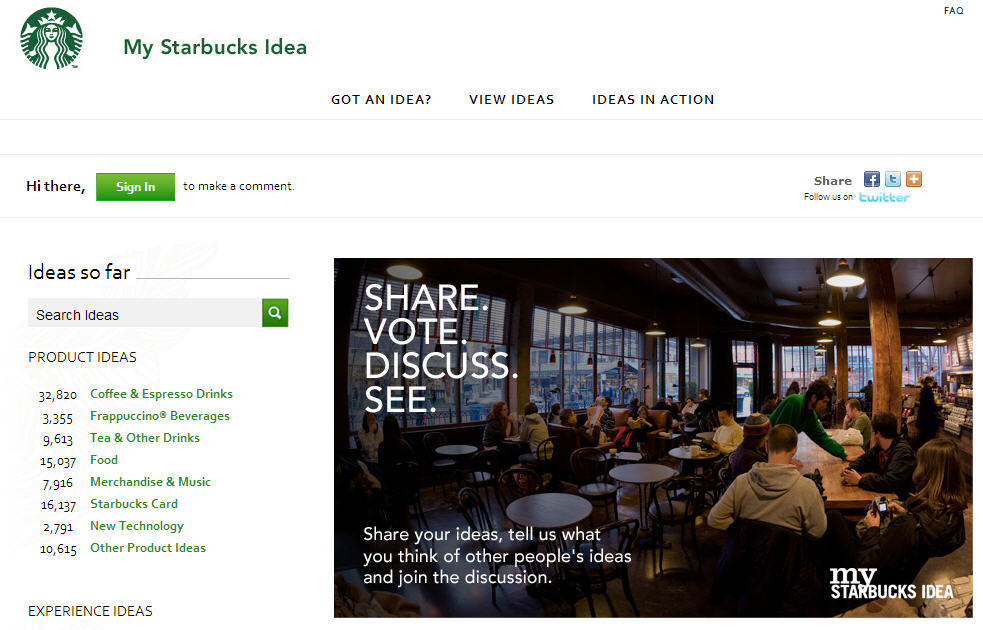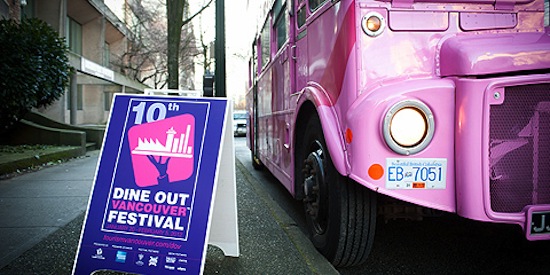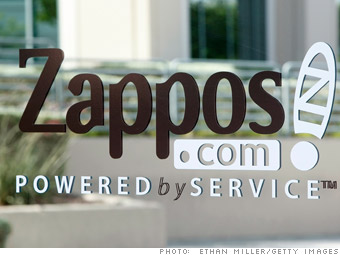As an aspiring accountant, I went into this course with barely any idea of what Marketing was, but I exit with knowledge and principles that can be applied in my daily life. The marketing assignments were not something that I looked forward to initially, since success is largely dependent on whether you’re lucky enough to be placed in a hard-working group or not, but it turned out pretty okay in the end (and they really complemented my study routine). I learned about the importance of conducting a situation analysis, using correct STP, and strategies surrounding the four P’s have enhanced my analytical skills while causing me to apply concepts everywhere (especially when atmospherics are involved as I walk into a store like Hollister Co.).

Open communication was the best way to resolve conflicts, and I’m glad that my group was always willing to discuss ideas and opinions. I learned to stress less when parts weren’t submitted at chosen deadlines (which were much earlier than the actual deadline), because I knew that everyone in the group wanted to succeed at the end of the day, and our assignments were eventually ready to submit prior to the due date. Most importantly, I learned to compromise more than ever before, which also helped reduce stress levels (this applied to the case where our final video exceeded the time limit, but I realized that the most efficient thing to do was agree with the majority and simply accept this reality). As someone with virtually zero editing skills, I was really happy with how the video turned out, and it was truly a team effort!
I’m not sure what I would do differently next time, but I do know that I have gained a bunch of takeaways from this course. My top takeaways are the “Sales Process” (perfect for recruit season), the various examples involving “Robeez”, and the importance of market research prior to engaging in promotional activities (particularly useful for event planning). This really turned out to be hands down one of my favourite courses this year [thanks Tamar ;)].



















